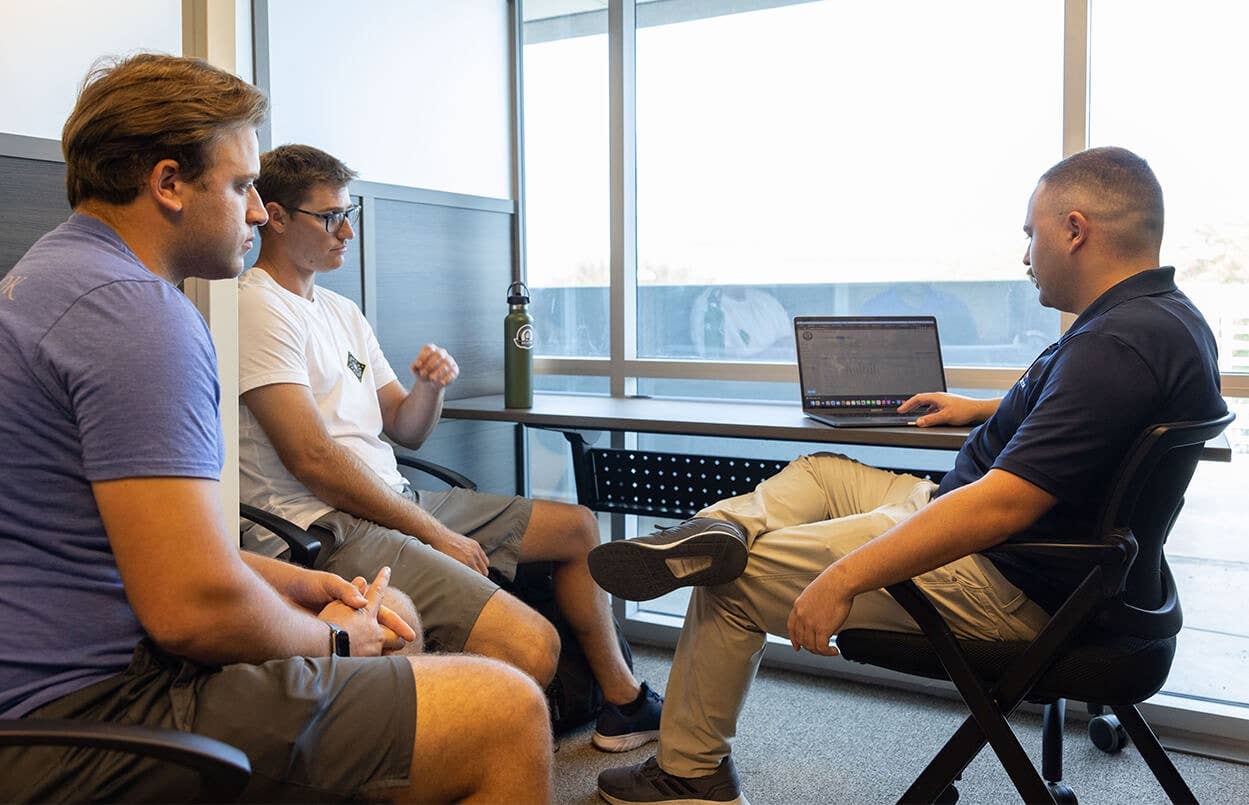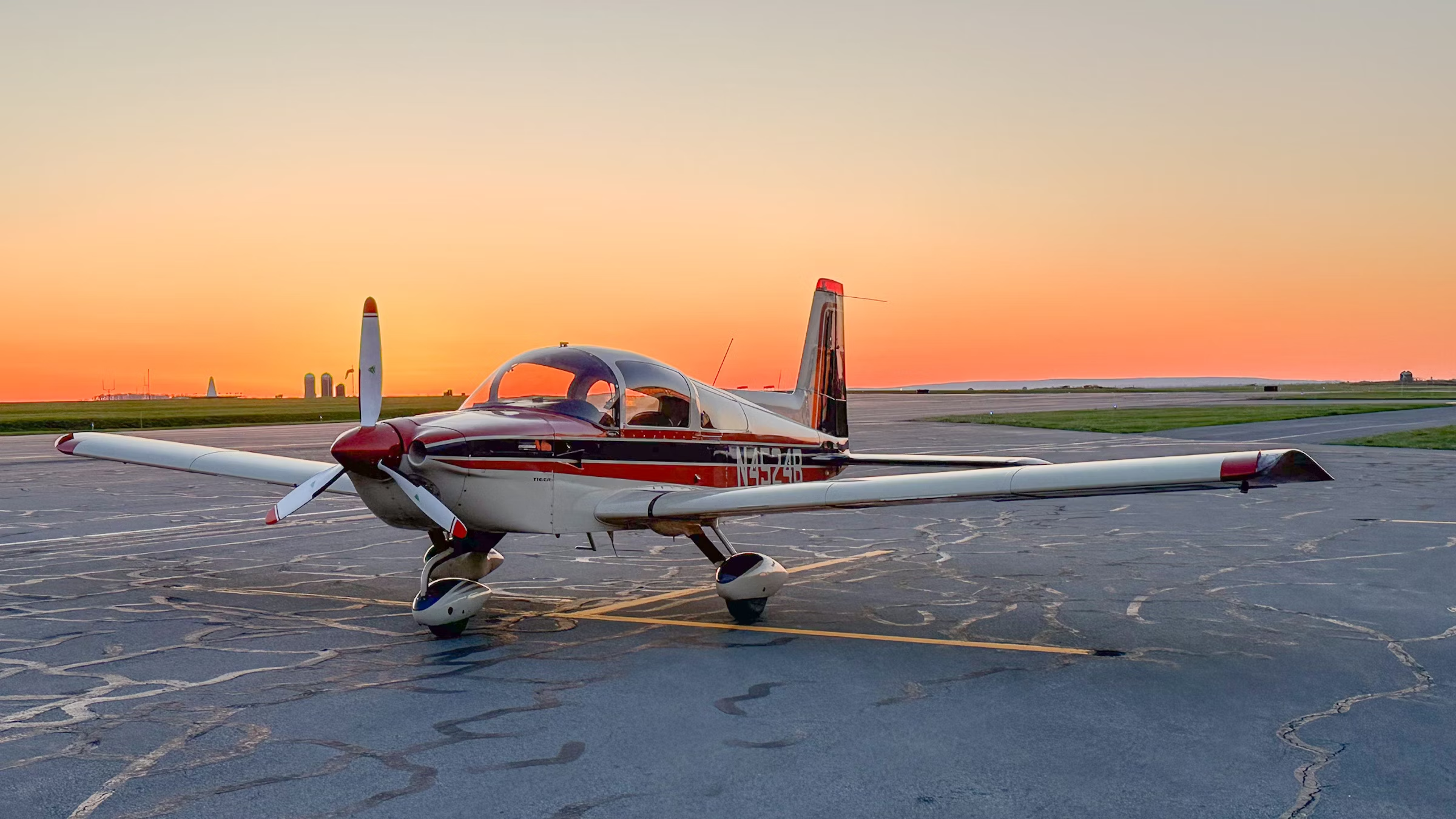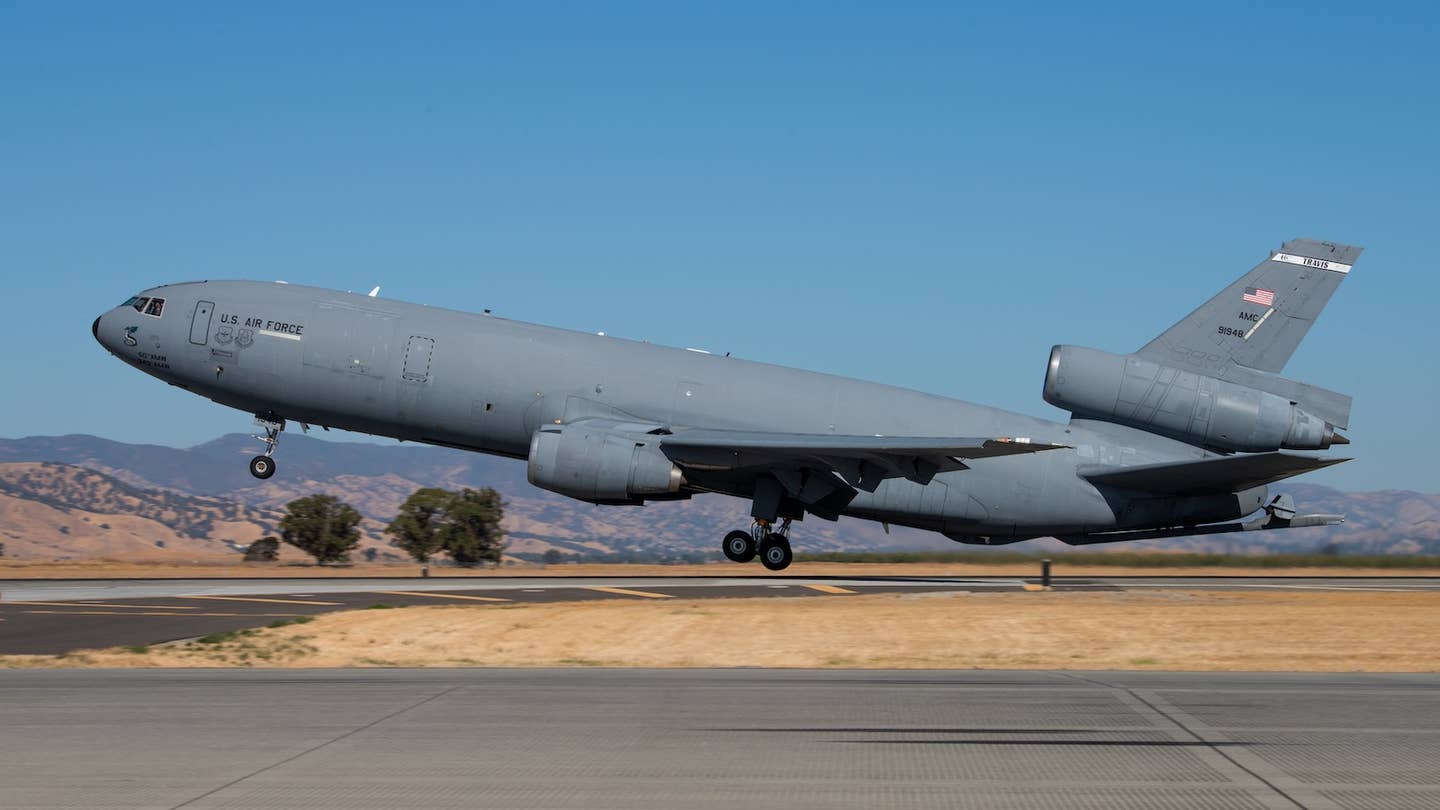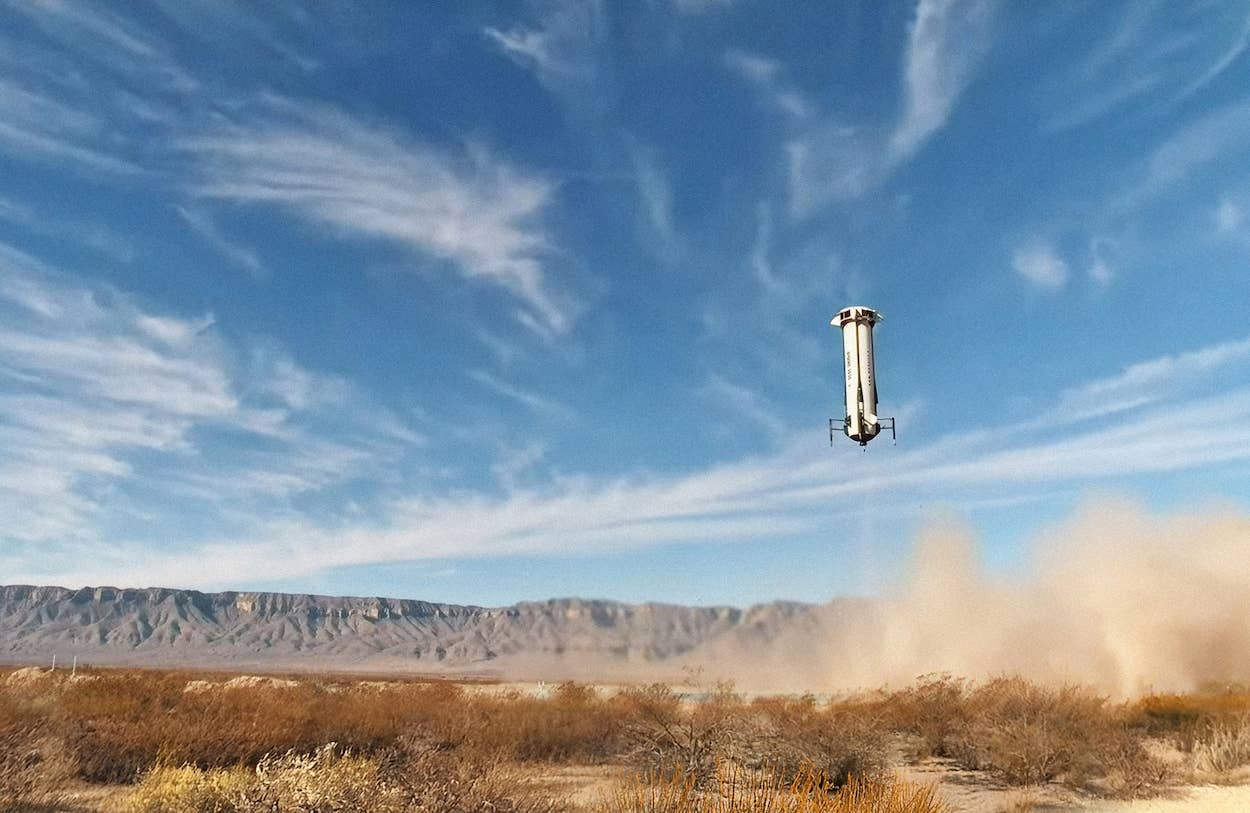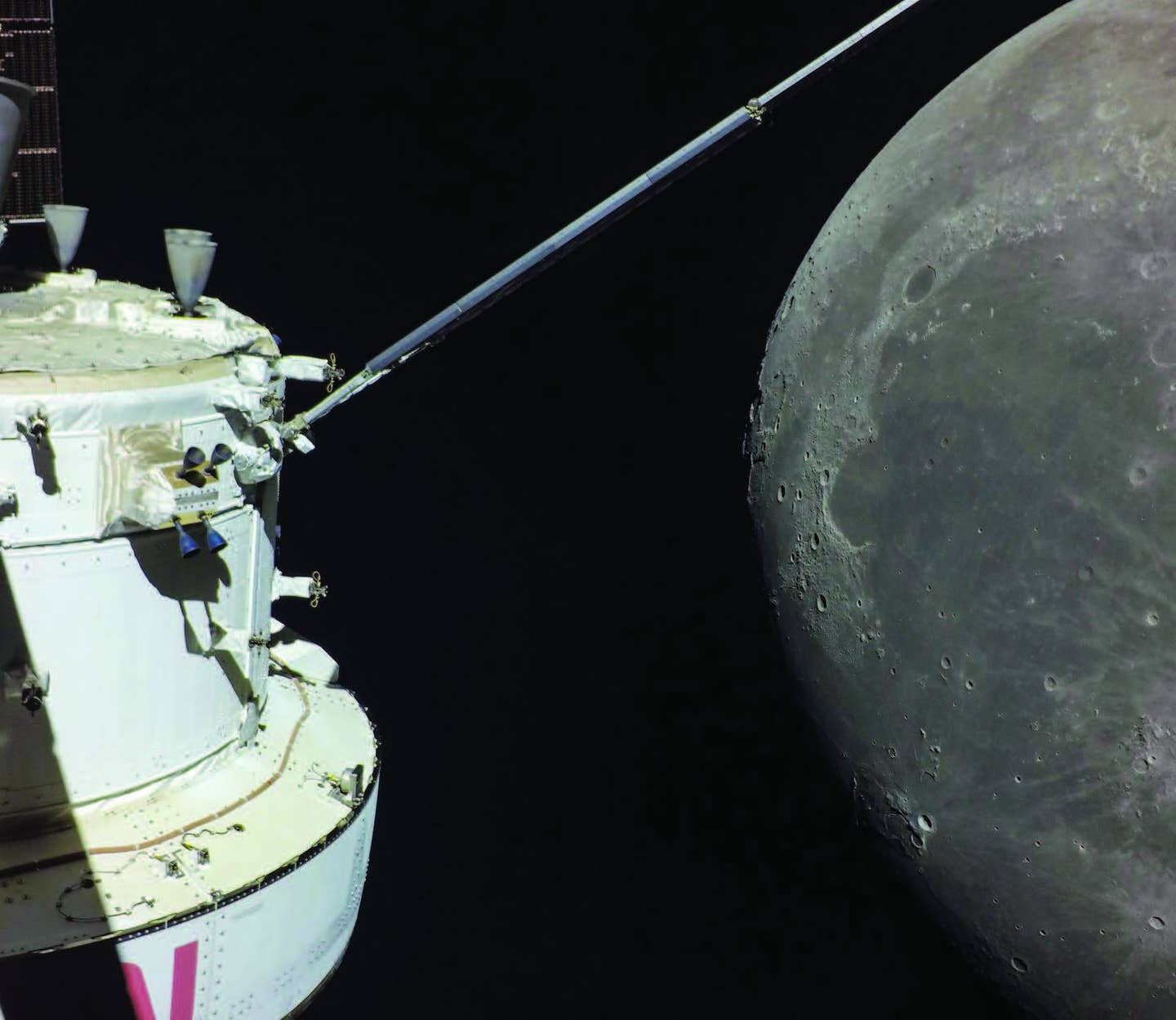Restoration of Rare Airship Shines Light on WWII K-Ship Patrols
K-class blimps were deployed to hunt U-boats along the U.S. West Coast.

The 10 crew members of K-Ships served in vital anti-submarine roles during WWII in the Atlantic. Ground crew are shown here preparing a K-ship before a patrol. Photographed October 8-14, 1943. [Courtesy: National Archives and Records Administration]
The legacy of Moffett Federal Airfield (KNUQ) in Mountain View, California, is most often associated with Hangar One, the giant 1930s structure built to house the Navy airship USS Macon.
The Macon, however, is just one line in the Moffett story. During World War II, the field was home to the Navy K-ships—blimps that patrolled the West Coast of the U.S. as part of antisubmarine warfare.
Now the Moffett Field Historical Society is in the process of restoring the control car of one of the WWII-era U-boat hunters, K-22.
The project was triggered by accident during the renovation of Hangar One, which has been going on for several years, according to Jeff Wasel, executive director of the Moffett Field Historical Society Museum.
"The salvaged components of this K-class blimp gondola, which crashed in nearby Gilroy in 1943, were found when the skin was removed from Hangar One," Wasel told FLYING. "The museum took on the remaining fore and aft sections and is now into year six of a long-term restoration similar to that of K-28's gondola at the New England Air Museum (NEAM)."
The K-ships were part of West Coast lighter-than-air (LTA) squadron ZP-32, which was commissioned at Naval Air Station Sunnyvale in January 1942. The airmen assigned to the K-ships spent hours patrolling the coast looking for Japanese submarines.
According to information Wasel gathered, ZP-32 spent 108 hours on patrol in 1942. Patrols increased each year: 380 in 1943; 1,046 in 1944; and 4,147 in 1945.
Hidden Parts
Around a decade ago, environmental remediation on Hangar One began to remove and mitigate the polychlorinated biphenyls (PCBs), lead, and asbestos. A big part of the work, according to Wasel, was removing all the hangar’s corrugated steel outer structure and asbestos undercladding. It was during this process that workers found the fore and aft sections of K-22’s control car that had been salvaged from the 1943 crash shoved in the corners. The parts had been saved for use on other K-ships in the fleet.
"As a result, some of those parts remained in Hangar One, only to be rediscovered some 71 years later," Wasel said. "These salvaged sections were then offered to the Moffett Field Museum, which, after considerable deliberations, committed to restoring the control car to its original 1943 configuration."
It is not an easy task, he said, as it not only means repairing the original crash-damaged sections but also fabricating all six of the control car’s missing middle internal skeletal frames. Donations and museum admissions have helped pay for the restoration, as have grants from the Lennox Foundation, which provided project funding up to 2023.
The Devil in the Details
Museum personnel reached out to the Smithsonian Institution in Washington, D.C., to obtain the original plans for the K-ships, which were built by Goodyear. Boxes of microfilm and drawings were sent and are being used to assure authenticity in the restoration.
Despite having the factory drawings, it became clear that building K-ships during the war was very much artistry rather than assembly-line, cookie-cutter construction, as no one control car was built exactly as another.
"Quality varied in both materials and quality of assembly, so K-22’s existing dimensions can vary from the drawings to those on the actual gondola," Wasel said. "Goodyear, using relatively unskilled labor, was still able to meet wartime manufacturing quotas, all while delivering a vital wartime commodity. These dimensional variances, all of which also added their own unique restoration challenges for the museum, nevertheless reinforced the conditions of wartime urgency under which K-22 was fabricated."
The museum originally contracted with Bright Light Welding of Santa Clara for customized welding and fabrication, But when the company ceased operations, the gondola was returned to the museum, and fabrication will continue with volunteer labor.
Moffett Field Museum is also looking for original interior fittings for the cockpit instrumentation and crew workstations. This includes a complete 1943 antisubmarine warfare (ASW) radar and communications suite. The museum has also received help from NEAM in Windsor Locks, Connecticut. NEAM has restored the control car from K-28, a sister to K-22, and provided photographs, drawings, and other restoration support.
When completed, the gondola of K-22 will join the other aircraft and ground vehicles of the museum.
NAS Moffett Field
Naval Air Station (NAS) Moffett Airfield was decommissioned by the U.S. Navy in 1994. The airport is now occupied by Google and NASA's Ames Research Center, but the LTA operations have not been forgotten.
Although those operations and K-22 enjoyed a short, eventful existence at NAS Moffett Field, the K-22 will become part of the Moffett Historical Society museum and provide a unique physical link to the brief but important chapter in Moffett Field’s history.

Sign-up for newsletters & special offers!
Get the latest FLYING stories & special offers delivered directly to your inbox

